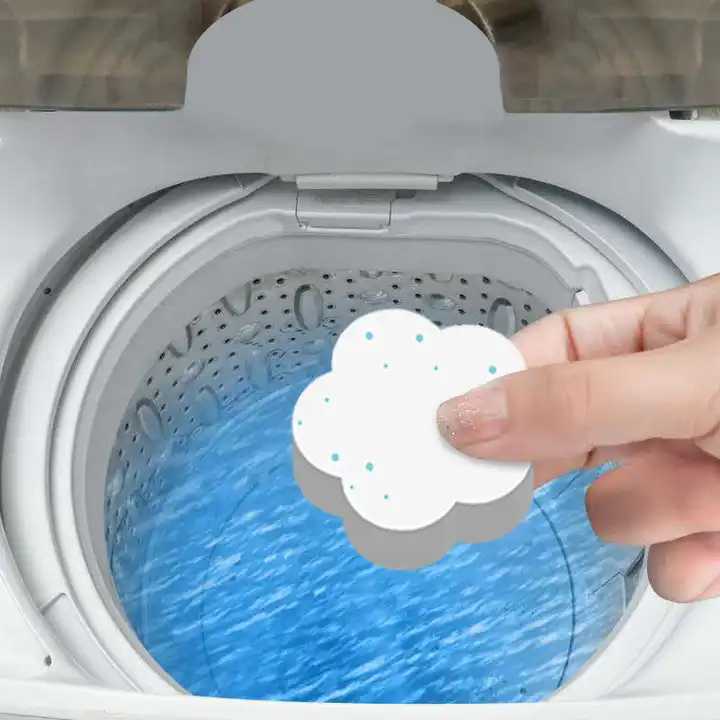People often say, “Don’t drink the water in the pool,” but few truly understand the chlorine and other additives in pool water. It is these components, especially chlorine, that play a key role in disinfecting, ensuring we can swim in a clean and safe environment.
Why Do Pools Need Chemical Additives?
Pool water needs to maintain a certain chemical balance because imbalanced water can have many adverse effects. For instance, it may corrode pool equipment, damage the pool’s concrete, or even form deposits on the pool’s surface. Moreover, excessive metals like copper in the water can give the pool an undesirable green hue. Water without disinfectants can breed green, yellow, and black algae, making the pool walls sticky and slippery.
Disinfectants in Pools
Among all additives, chlorine is perhaps the most widely known. It disinfects primarily by killing bacteria in the water. There are many types of disinfectant products on the market, such as bleach powder, sodium hypochlorite, and liquid chlorine. Bleach powder, a white powder made from chlorine gas and lime milk with 35% effective chlorine, breaks down immediately upon dissolving in water, releasing hypochlorous acid and highly oxidizing calcium hydroxide. These chemicals have a strong germicidal effect, ensuring that no harmful bacteria survive in the water.
It’s worth noting that the chlorine mentioned here is not chlorine gas. Cyanuric acid, used as a UV stabilizer in outdoor pools for decades, is the component that releases chlorine. As a UV stabilizer for outdoor pools, it prevents UV rays in sunlight from consuming the residual chlorine in the water. When using sodium hypochlorite or calcium hypochlorite as disinfectants, a chlorine stabilizer is required. For easy application, slow-dissolving tablet or stick forms of trichloroisocyanurate are generally used. However, trichloro compounds are strongly acidic and can alter the state of other pool chemicals. The pH of sodium dichloroisocyanurate is neutral, dissolves quickly, and can be used for polyethylene or fiberglass pools and spas, but it’s relatively expensive. The dissolution process releases chlorine molecules and produces cyanuric acid, so one needs to weigh the choices carefully.
pH Level Adjustment
Maintaining an appropriate pH level is crucial for pool health. The ideal pH range is 7.4 to 7.6. If the pH is too high or too low, it can pose various problems. For instance, a high pH can make the water cloudy, while a low pH can damage the pool equipment and swimmers’ skin.
Other Pool Additives
Besides disinfectants and pH adjusters, pools require other chemicals to ensure cleanliness and hygiene. For example, coagulants like polyaluminium chloride and alum are used to clear impurities in the water. Additionally, there are many other additives, such as biocides, oxidizers, and anti-scaling agents, which ensure the pool water remains clear and healthy.
Purchasing Pool Supplies
With the popularity of private pools, the market for pool supplies is rapidly growing. Many countries have specialized stores providing various pool chemicals. Many of these products are mass-produced and are not expensive. For example, sodium bicarbonate, a common additive that might sound complex on a pool supply store’s label, is actually very inexpensive.
Conclusion
Whether you are a pool owner or just someone who loves to swim, understanding the chemistry of pool water is beneficial. It ensures your safety and helps you better maintain and enjoy your pool. Through this article, we hope you’ve gained a deeper insight into the chemical additives in pools.
